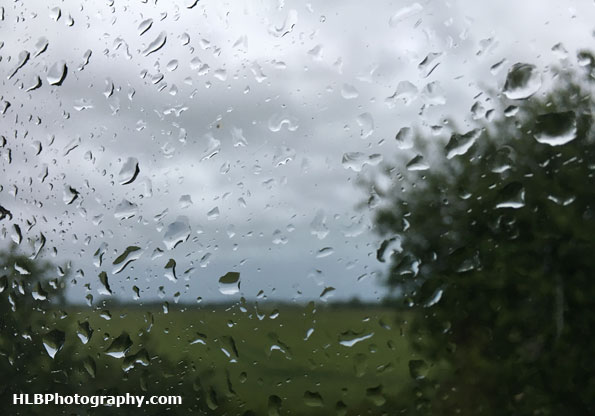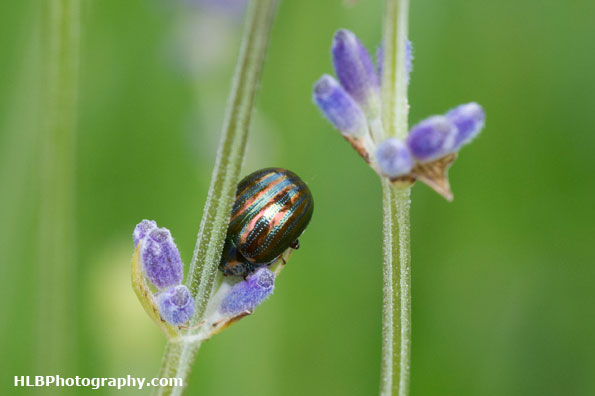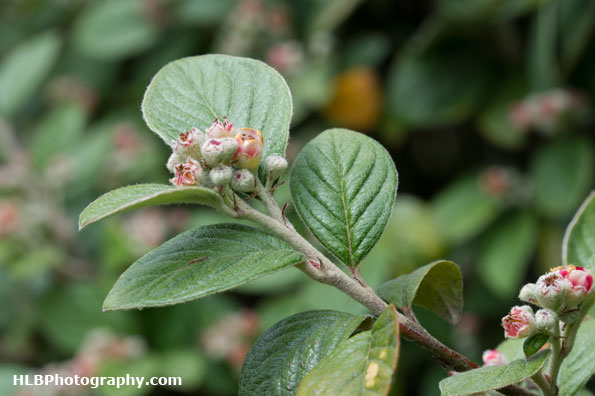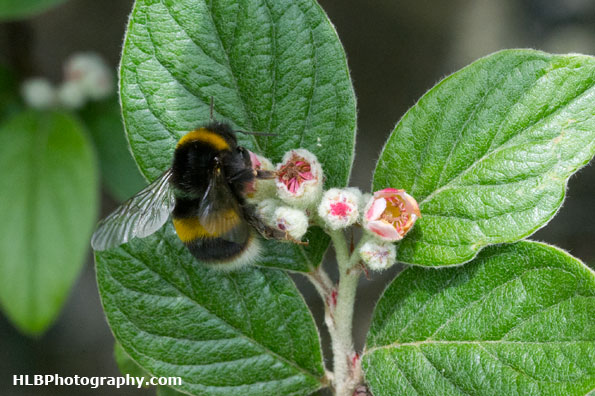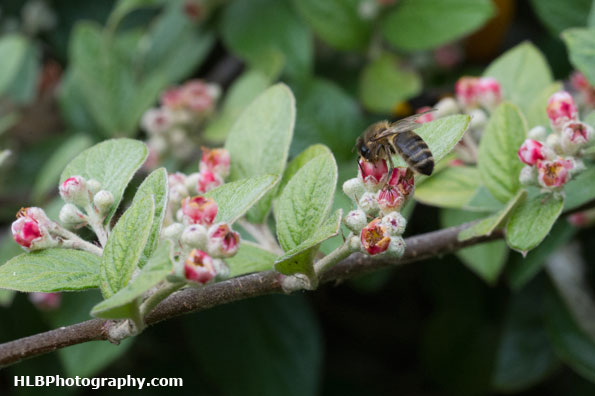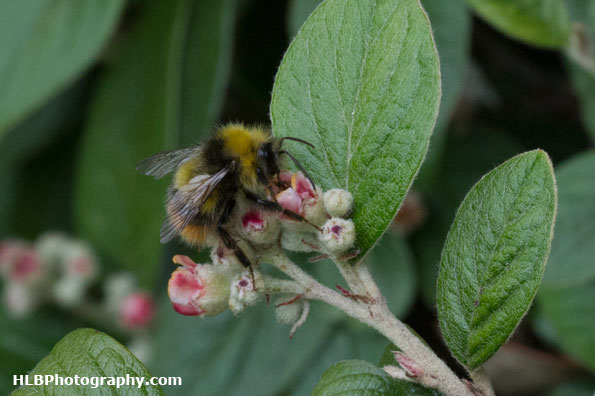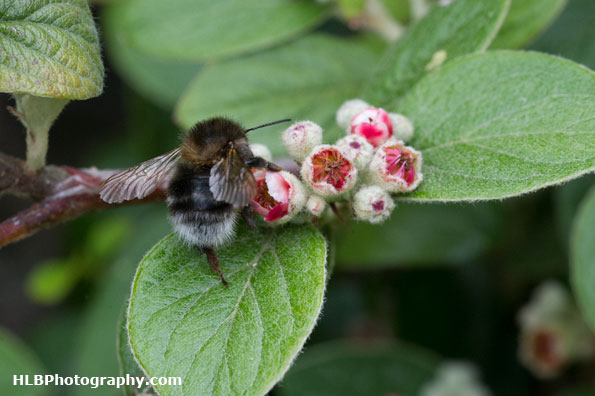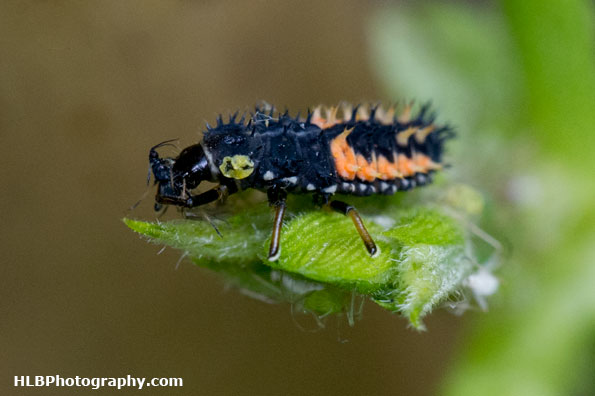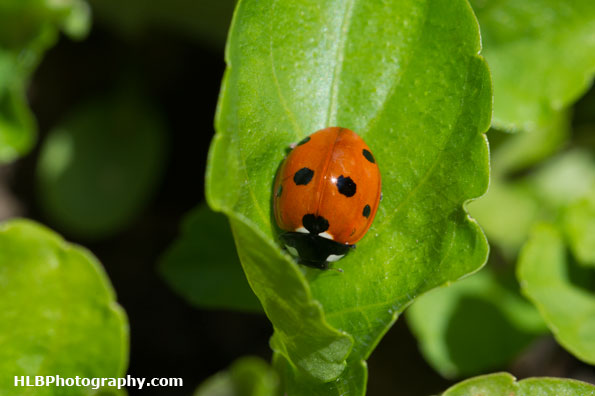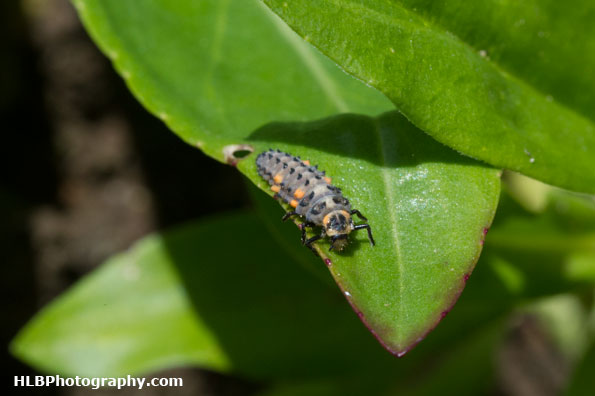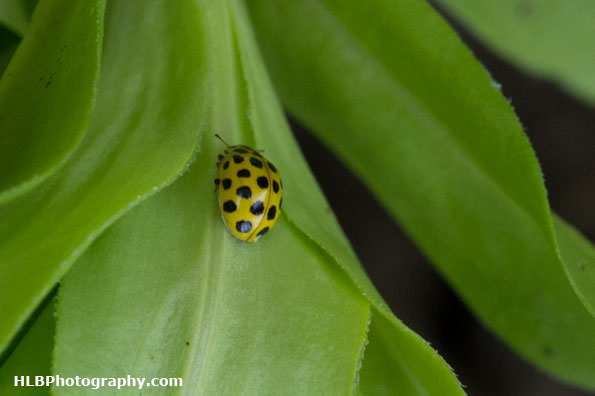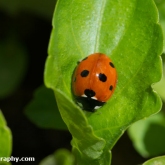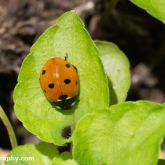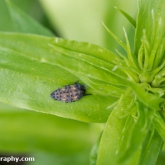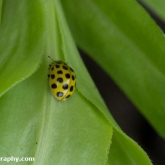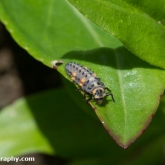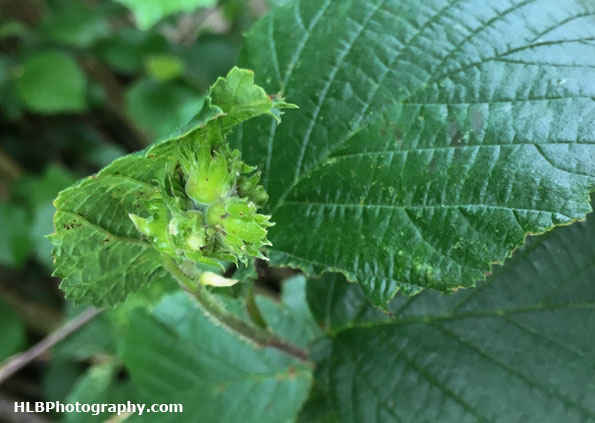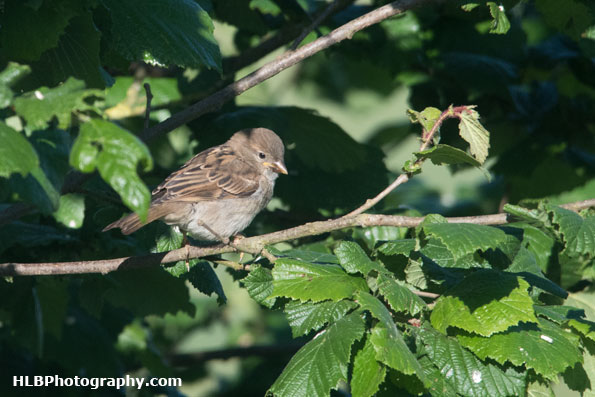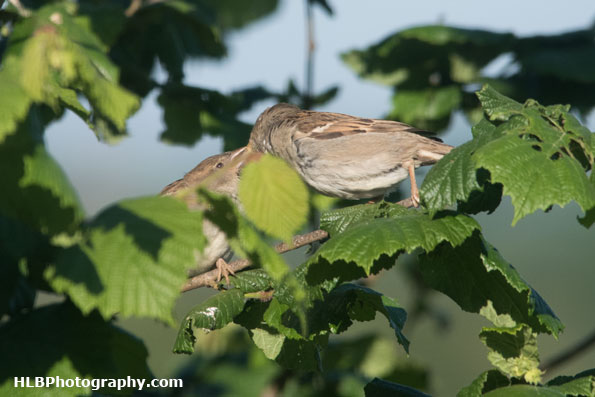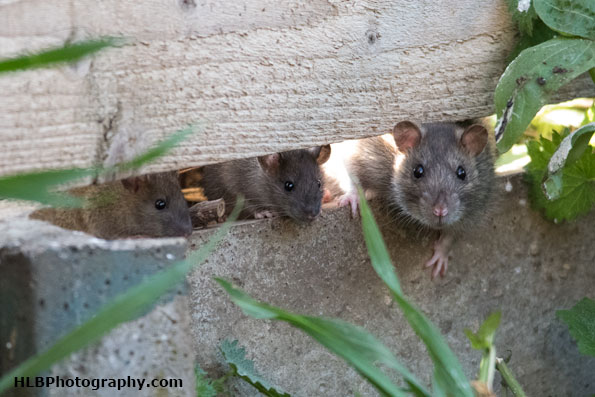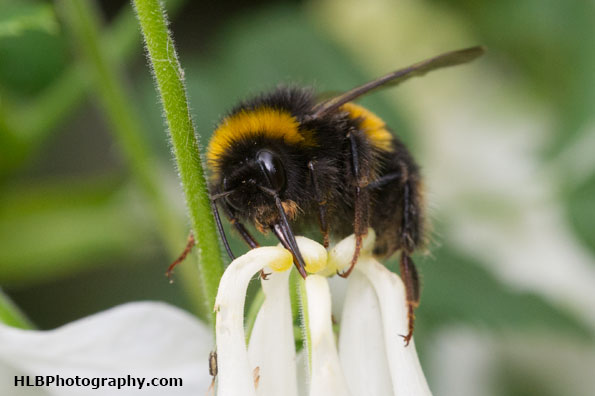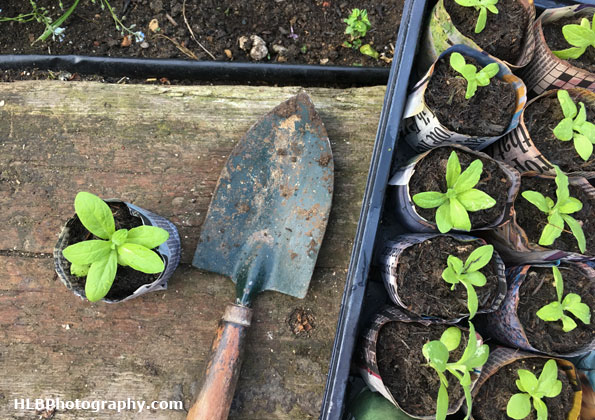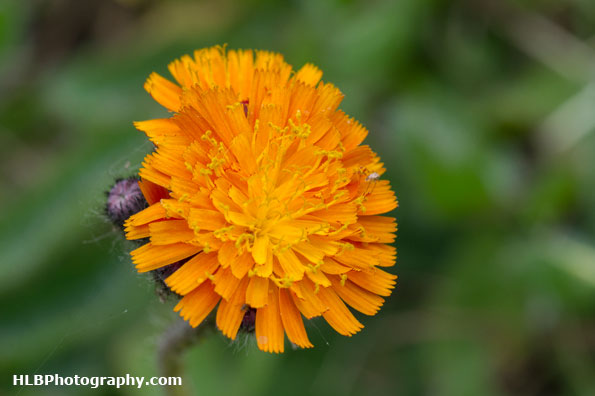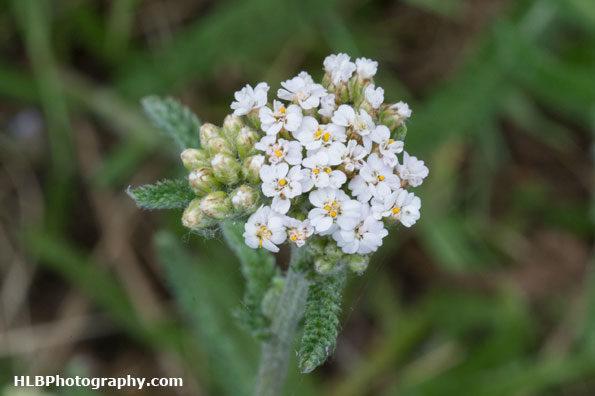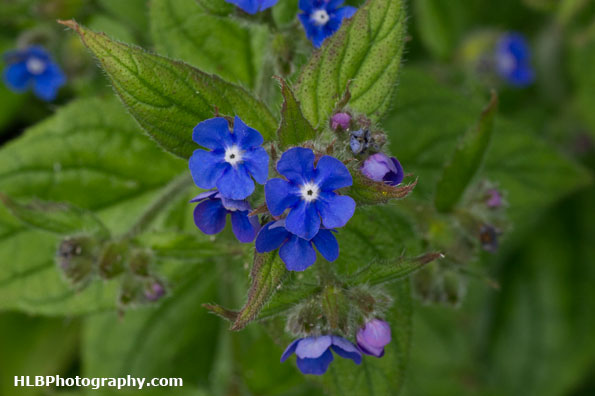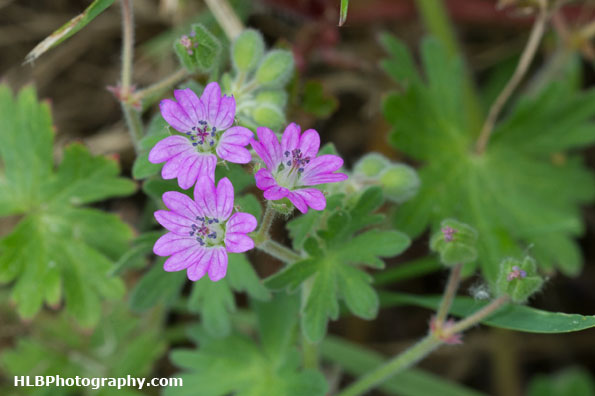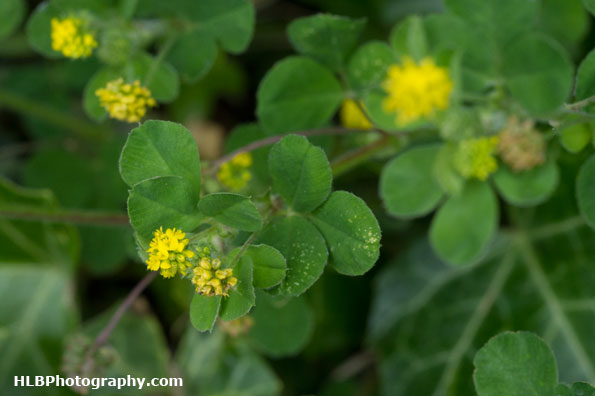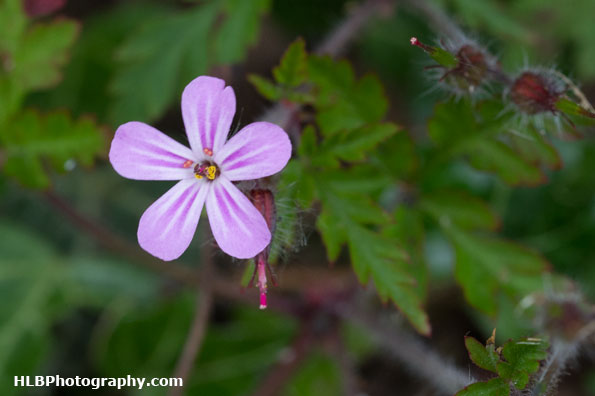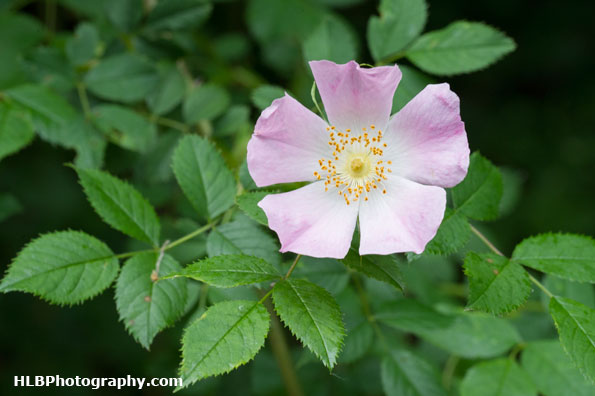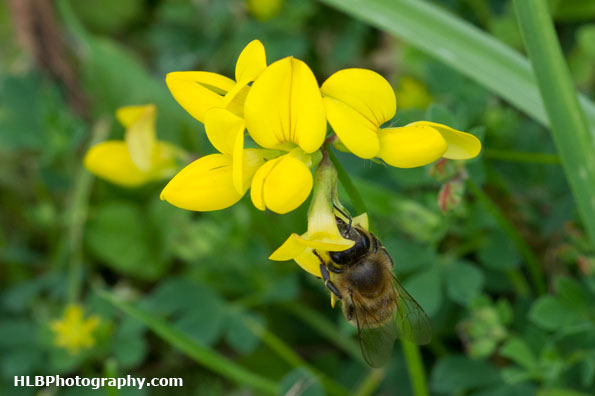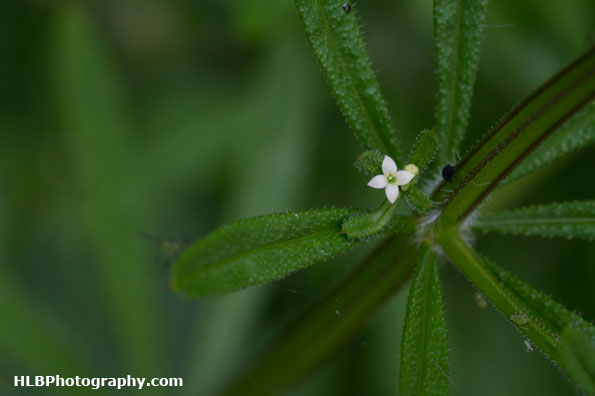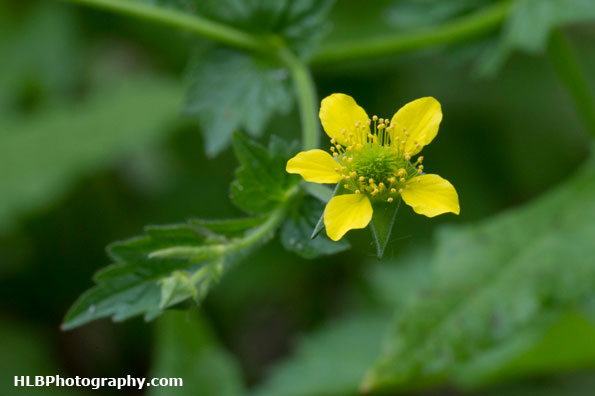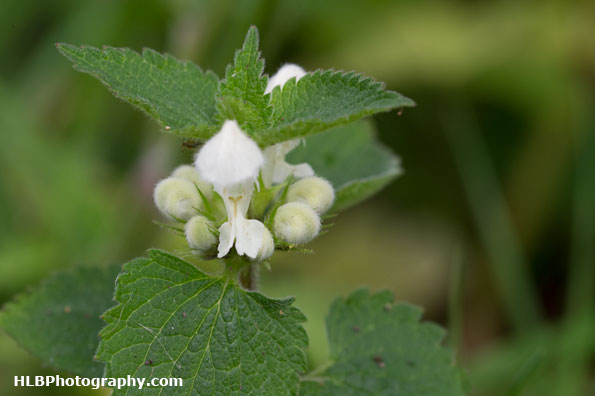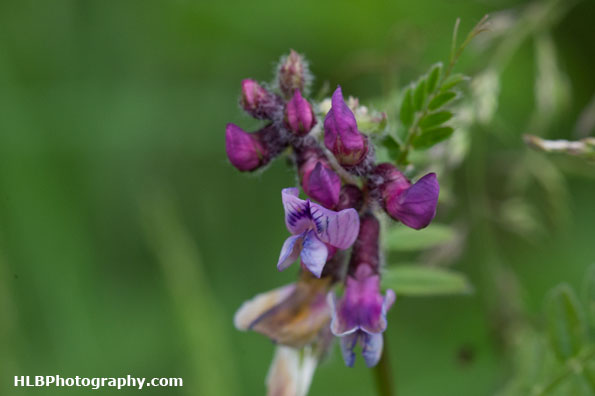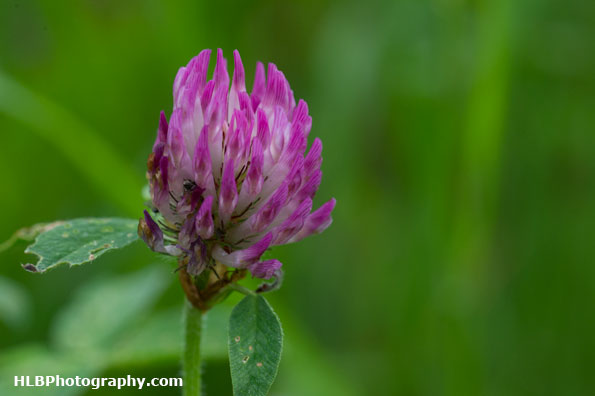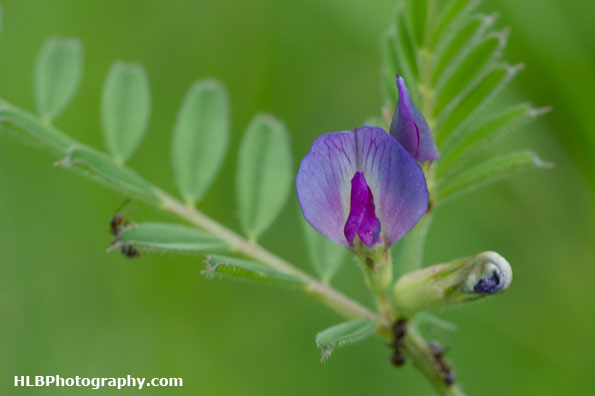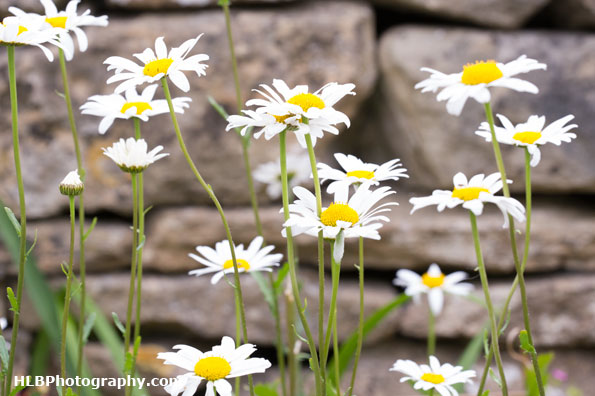It is the first day of 30 Days Wild and I didn’t have a plan for what to do! I watched a pair of house sparrows collecting some nesting material from the moss and feathers we put out in the garden; when I went to get a camera to photograph them they didn’t come back! I was looking at the garden and realised there was a patch in the flowerbed that I could dig up… I decided I would complete Mission 2: Worm Detective of this years Gardenwatch by Springwatch. I have really like that this years Springwatch has included a lot more information about our own back gardens and the smaller creatures that live around us. I think it is a great way to get more people out in their garden / outdoor spaces and interacting with our surroundings. I spend a lot of time in the garden and really like looking at all the creepy crawlies that live there. They are so much more accessible than some of the bigger mammals we live with and a great way to interact with nature. I have discovered once you start looking you can’t stop and then want to learn more about each new friend you find.
Mission 2: Worm Detective…
I collected together a trowel, a box, a couple of plant pots to use as containers, a 30cm ruler, 4 stones and pen & paper then headed off to dig a hole!
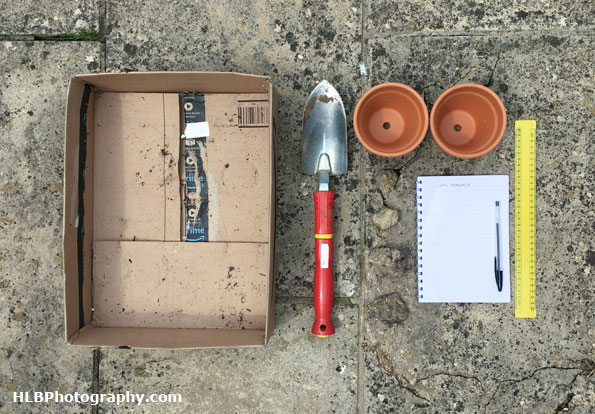
As I didn’t have any twigs to mark out the corners of my 30cm square I roughly marked it with a few stones and got digging! What I hadn’t taken into consideration was the bed wasn’t flat so everything was at a bit of an angle!
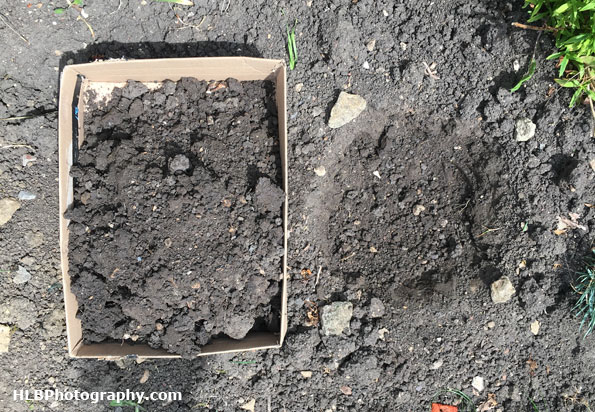
I’ll be honest I didn’t expect to find much as I was sorting through the soil, it was all so dry… I started to put worms in the flower pot but I after a few minutes thought it was far to warm to leave them sitting in the sun, so as I found them, I measured them and got them back into the flowerbed as quickly as I could so they didn’t dry out. In total I found 15 worms varying in size from 1cm – 6cm.
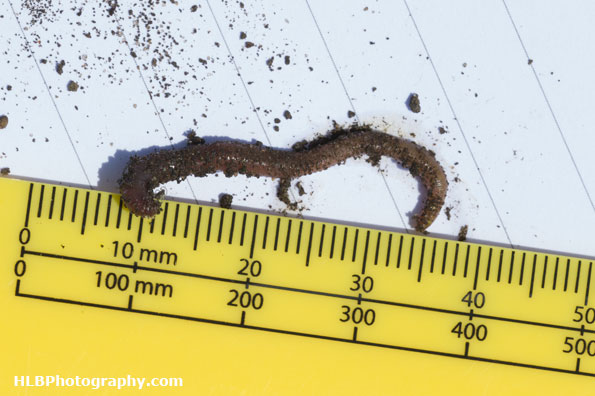
Along with the worms I also found 1 ant, 1 woodlouce and 3 centipede.
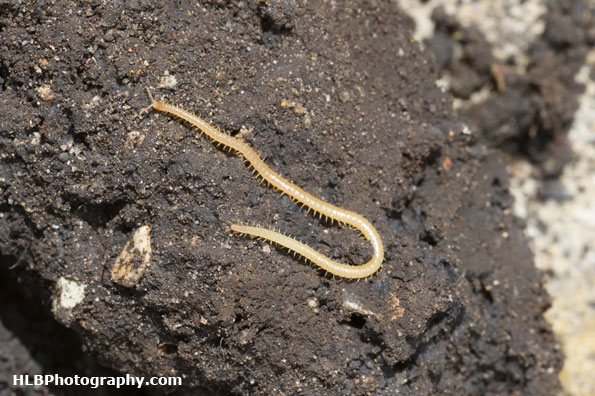
I really enjoyed digging in the garden and looking a little more closely at what was living under the ground, it is something I plan to do again 🙂
